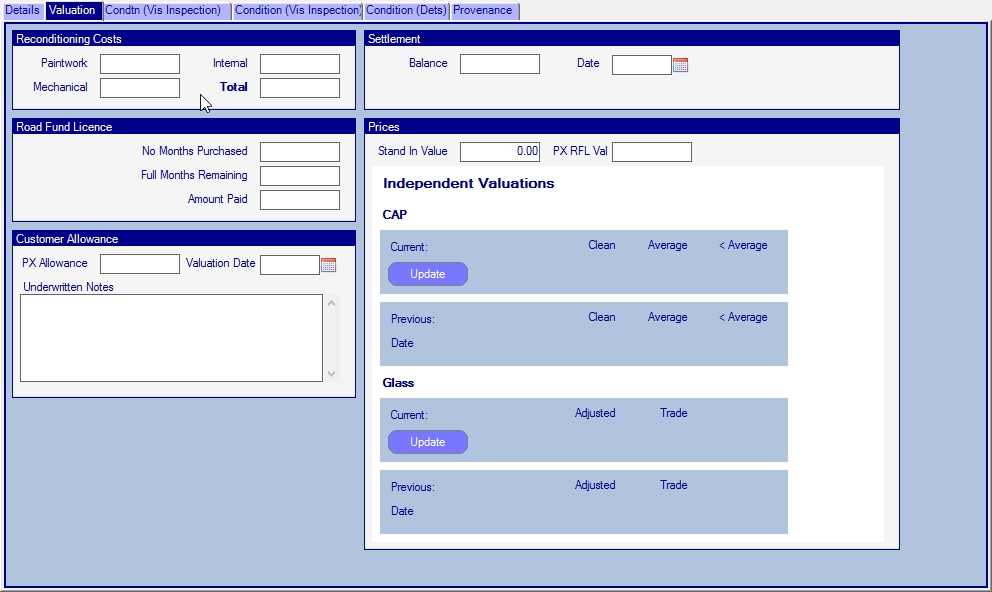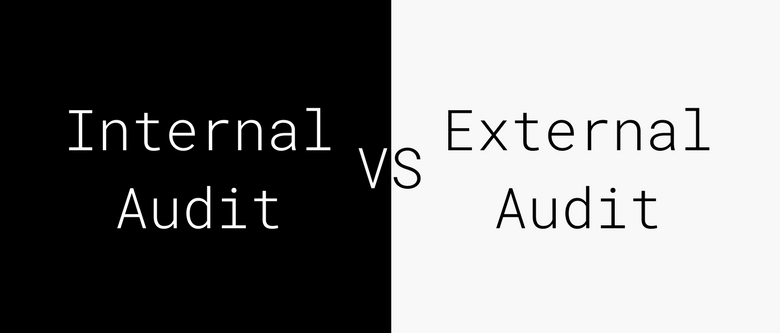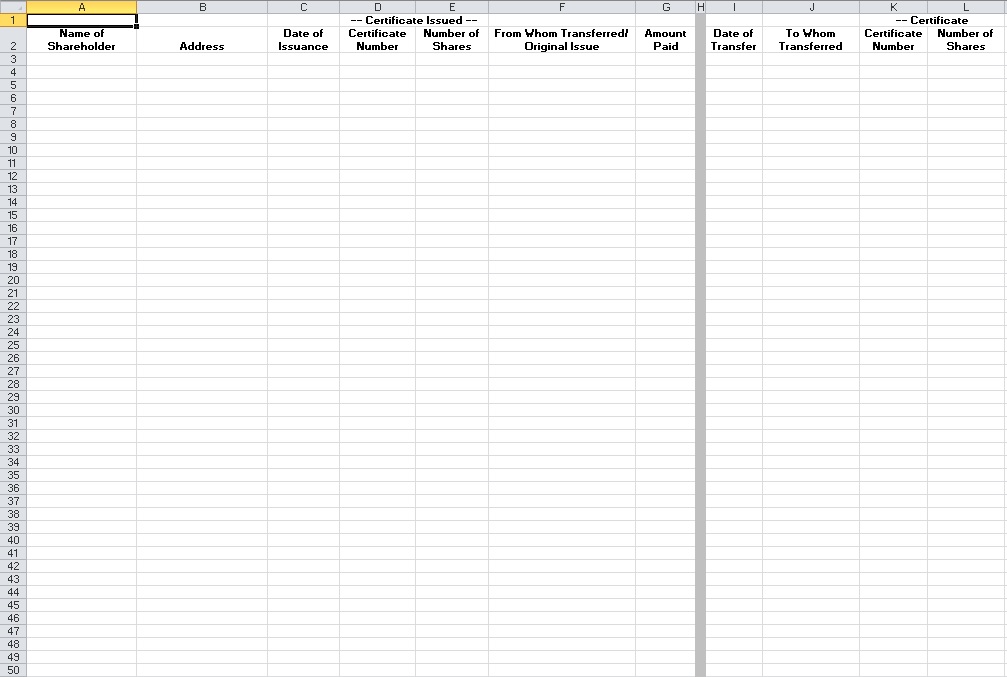Content

Once you recoup the total cost, you can’t write off any more depreciation expenses. However, from a business perspective, depreciation helps your tax situation. https://online-accounting.net/ Business owners need to keep close track of their depreciation expenses. To get started, you need to know how to calculate depreciation expense.

For example, let’s say the assessed real estate tax value for your property is $100,000. The assessed value of the house is $75,000, and the value of the land is $25,000. Play around with this SYD calculator to get a better sense of how it works.
When you depreciate assets, you can plan how much money is written off each year, giving you more control over your finances. Businesses also create accounting depreciation schedules with tax benefits in mind because depreciation on assets is deductible as a business expense in accordance with IRS rules.

Companies may use different methods to calculate depreciation for profit and loss (P&L) statements and tax purposes. Work with your accountant to be sure you’re recording the correct depreciation for your tax return.
A different cost allocation process, called amortization, is applied to intangible assets. Depreciation is the accounting process of allocating the cost of tangible, fixed assets over the time frame a company expects to benefit from their use. If we do not use depreciation in accounting, then we have to charge all assets to expense once they are bought. This will result in huge losses in the following transaction period and in high profitability in periods when the corresponding revenue is considered without an offset expense. Hence, companies that do not use the depreciation expense in their accounts will incur front-loaded expenses and highly variable financial results.
Accumulated Depreciation is credited when Depreciation Expense is debited each accounting period. During the later years of the machinery’s lifespan, the company credits a lower depreciation value because it’s paying a majority of the depreciation expense early on after acquiring the asset. Accumulated depreciation tracks the total cost of depreciation on your balance sheet.
Residual value is the estimated value of a fixed asset at the end of its lease term or useful life. The depreciation rate is used in both the declining balance and double-declining balance calculations. There are many types of depreciation, including straight-line and various forms of accelerated depreciation. Depreciation can be compared with amortization, which accounts for the change in value over time of intangible assets.
Depreciation helps to tie the cost of an asset with the benefit of its use over time. In other words, the incremental expense associated with using up the asset is also recorded for the asset that is put to use each year and generates revenue.
In addition to following historical trends, management guidance and industry averages should also be referenced as a guide for forecasting Capex. To depreciate your car, you must first establish its useful life. If you are a fleet owner and purchased a new car for $30,000, and plan to rent it out for the next 5 years. You could depreciate up to $6,000 per year, depending on the vehicle’s scrap value.
The method described above is called straight-line depreciation, in which the amount of the deduction for depreciation is the same for each year of the life of the asset. Here useful life in the form of unit produced is the total unit produced in the year divided by total expected units to be produced. Without Section 1250, strategic house-flippers could buy property, quickly write off What Is Depreciation Expense and How to Calculate It a portion of it, and then sell it for a profit without giving the IRS their fair share. Section 1250 is only relevant if you depreciate the value of a rental property using an accelerated method, and then sell the property at a profit. On the other hand, expenses to maintain the property are only deductible while the property is being rented out – or actively being advertised for rent.
The agency chooses the method of depreciation that would benefit them the most. A patent, for example, is an intangible asset that a business can use to generate revenue. As each year passes, a portion of the patent reclassifies to an amortization expense. The government encourages capital investment by allowing you to recognize the gradual depreciation of your company’s assets and use that loss of value as a write-off on your taxes. It’s also easy to automate the adjusting entry for straight-line depreciation in most accounting software.
The method takes an equal depreciation expense each year over the useful life of the asset. Determining monthly depreciation for an asset depends on the asset’s useful life, as well as which depreciation method you use. To claim depreciation expense on your tax return, you need to file IRS Form 4562. Our guide to Form 4562 gives you everything you need to handle this process smoothly. Accumulated depreciation is commonly used to forecast the lifetime of an item or to keep track of depreciation year-over-year. As such, the company's accountant does not have to expense the entire $50,000 in year one, even though the company paid out that amount in cash. Instead, the company only has to expense $4,000 against net income.
The straight line calculation, as the name suggests, is a straight line drop in asset value. For the depreciation schedule, we will use the “OFFSET” function in Excel to grab the CapEx figures for each year.